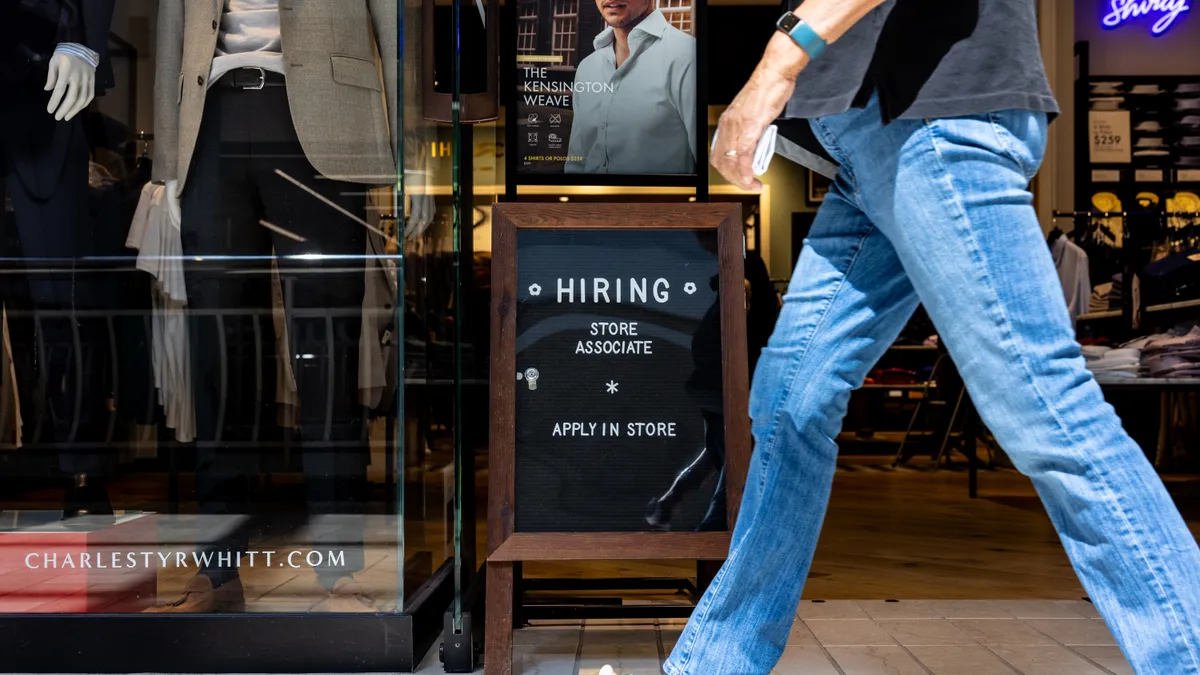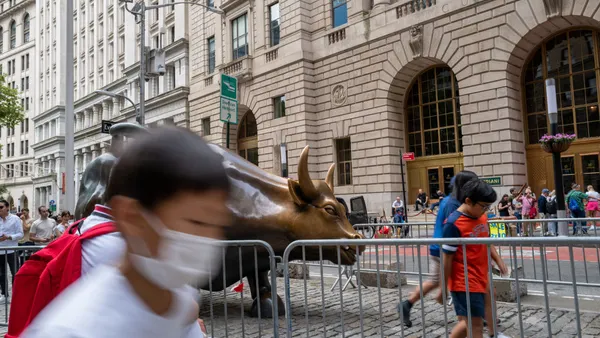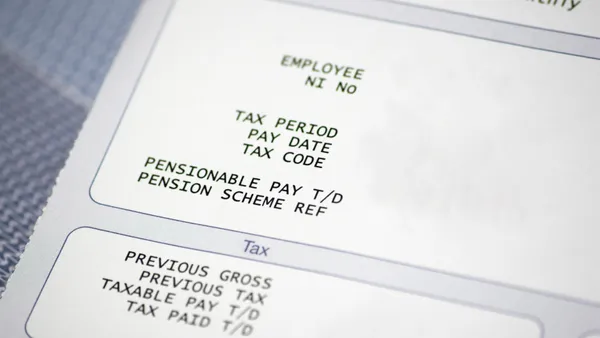Dive Brief:
- A recent analysis by Aon shows the average healthcare rate increase for mid-size and large companies was 3.2% in 2015, marking the lowest rate increase since Aon began tracking the data in 1996. Good news for employers.
- For employees, the news is not so hot. Despite the low increase rate, the average amount that employees need to contribute toward their healthcare has increased more than 134% over the past decade.
- According to Aon's analysis, employees contributed $2,490 toward the premium and another $2,208 in out-of-pocket costs, such as copayments, coinsurance and deductibles in 2015. By contrast, the amount of employees' premium and out-of-pocket costs combined in 2005 was just $2,001.
Dive Insight:
"The sluggish growth in the economy has deterred many individuals from using medical services, and there's also been modest price inflation -- both factors have been primary drivers for the low rates of premium increases over the past few years," said Mike Morrow, senior vice president of Aon Health. "As prescription drug costs continue to grow at a double-digit pace and the economy picks up speed, it's likely these premium rates will start to climb."
In order to keep healthcare costs lower, employers are trying some non-traditional pay-for-performance strategies, according to Aon Hewitt. Those include steering participants (through plan design or lower cost) to high-quality hospitals or physicians for specific procedures or conditions (22%) or offering value-based insurance design approaches (28%).
Also 6% say they will adopting reference-based pricing--where employers set a pricing cap on benefits for certain medical services for which wide cost variation exists with no discernible differentiation in quality (6%), though another 53% plan to do so in the next three-to-five years.










